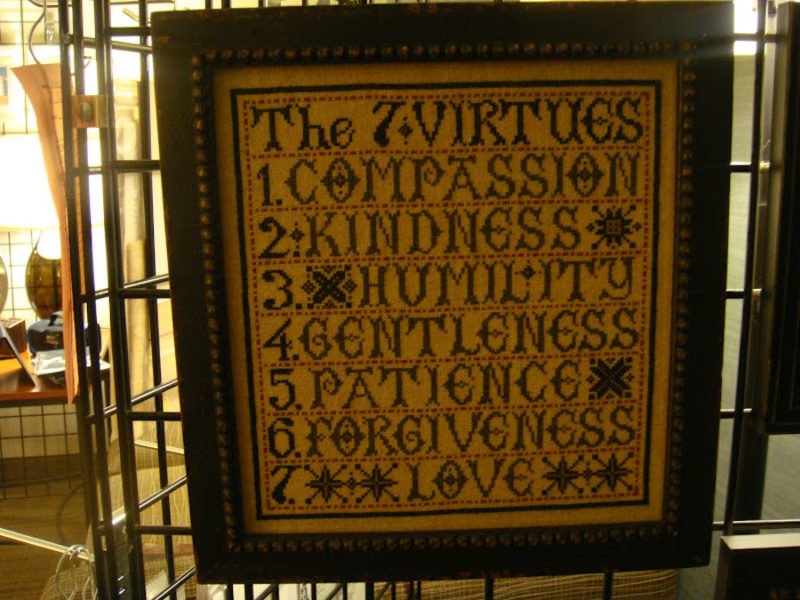This is a riposte to the earlier guide of theatre criticism – The Seven Deadly Sins – which it seems is just about breaking every rule we were told not to break. Who’d be a critic eh?
The seven virtues were as follows:
- A crisp start. You have to remember that you are in competition for readers. Start with something that interests them. Try writing the first paragraph and removing it. Try putting the last paragraph first.
- An indication of what the play is like. Somehow, you have to get your reader to understand what it was like to be there on the night – the kind of emotions that were being conveyed – if appropriate the way the audience reacted – the atmosphere of the piece.
- The detail that illuminates the whole. The laziest kind of criticism is simply to summarise the plot – retell the story. The challenge is to spot the detail, a word, a scene, a gesture – that somehow encapsulates both the atmosphere and the message of the play.
- A through line. However long or short your review, it must hang together as a narrative – as well as reporting the event, you are writing about something that has to have an argument – why the piece is important, or what it tells us about contemporary life.
- A visual sense. The important piece of equipment for a theatre critic is not pen but your eyes and ears. Good criticism depends on good observation, the critic is an observer, but often seems to forget that theatre is a visual experience as well as an intellectual one.
- A verbal sense. Words are your medium, so enjoy them. Jokes are out, but wit is in. Fluency only comes with practice.
- A neat end. What have I missed out? Where do you say that the piece is any good or not? The answer is that it is implicit in everything you write
The first rule of drama criticism is that there is no rule of drama criticism.
